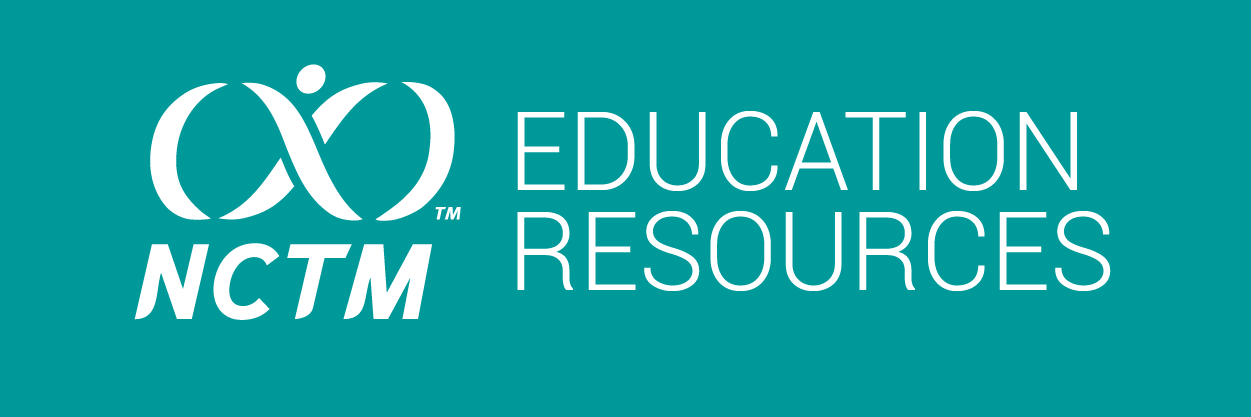Skew The Script: A Website Offering Socially Relevant Math Lessons

Dashiell Young-Saver
“You can take those candies and shove them up your …”
These were the last words Michael spoke to me before leaving class and leaving high school—permanently.
We were using candy to simulate sampling methods. It was my first year teaching high-school statistics and I was proud of myself for creating an interactive activity, rather than a boring worksheet.
Michael didn’t see it that way.
I later found out Michael’s uncle had offered him a $12/hour construction job. With this offer on the table and money issues piling up at home, school probably felt useless. In a district in which only 2 percent of students pass the AP Statistics exam (60 percent of students pass nationally), I offered Michael a maddeningly infantilizing and irrelevant classroom experience. My sampling activity was a last straw. He needed to support himself and his family—not play around with candy. So, he left.
At first, I tried to ignore the significance of Michael’s exit. However, the more I reflected on what went wrong, the more I circled back to the same unavoidable and fundamental truth: My lessons were boring and irrelevant. Michael’s reaction was rational. My classroom was not.
Sure, my lessons used simulations as much as possible. Sure, I made some activities “hands-on.” Sure, I used examples from the news. However, at the end of the day, my class demonstrated a version of statistics that wasn’t all that useful—at least in terms of analyzing the issues my students faced and what they cared about. I had to change that. I had to make my class relevant.
In the following months, I asked my students what they wanted to learn about. Their chosen topics turned into statistical explorations of policing and race, immigration, medicine, the Spurs’ chance at winning the NBA title, and so much more.
The change was staggering. Our classes ran long with debates that used statistical reasoning. Students got together on their own time for projects. Importantly, I got to see the full range of my students’ humanity, as they used statistics to both interrogate their oppression and explore beauty and joy in their world.
The results showed “on paper,” too. The first year I ran a relevant classroom, more students at the school took and passed the AP Statistics exam than in the previous 16 years combined. It was the highest pass rate the district had seen at a neighborhood school in the last decade. In the years since, I started working at a KIPP (Knowledge Is Power Program) school, where my students earned the highest AP Statistics exam pass rate in the national charter network’s history. Note: these were my students’ accomplishments—not mine.
Among the lessons my students and I co-generated, the most powerful ones promoted statistical thinking and dialogue around social issues. This brought up a question: How much more powerful would this dialogue be if it extended beyond our classroom?
So, this summer, I launched Skew The Script, a website that provides socially relevant math lessons to teachers. The lessons identify misleading data arguments and show students how the tools of statistics can be used to gain a deeper understanding of some of our country’s longstanding problems. Even more important, the lessons provide students from widely differing backgrounds with a common analytical lens (rigorous data analysis) for heightened discourse around social issues.
Following is a sample of more serious social topics the lessons on the site address:
- Race and police use of force (analysis of two-way tables)
- Tax policy (effects of skew on measures of center)
- Claims about race and IQ (normal distributions and data reliability)
- Food deserts (linear regression)
- Mass shootings (linear regression)
- Income segregation in cities (sampling methods)
- Gender and racial discrimination claims in hiring (experimental design)
- Immigration (inference for proportions)
- The Flint water crisis (inference for proportions)
- The polls’ performance in the 2016 election (analysis of inference error)
- Food stamp funding (inference for means)
- Climate change (inference for matched-pairs data)
Importantly, while many of these lessons are unapologetically political, they are not partisan. In the teacher materials, you’ll find reasonable (and data-driven) viewpoints from multiple sides in the discussion notes.
In addition to more serious topics, the site also features lighter (but still relevant) topics such as the following:
- Who is the NBA’s “GOAT?” (z-scores)
- Why don’t NBA players still shoot their free throws underhanded? (random variables)
- Analyzing the MLB’s most improbable streaks (probability)
- Analyzing whether men lie about their heights on online dating sites (probability)
- How the casinos make a profit (expected value)
Beyond heightening students’ discourse and their engagement with statistics, I believe the most powerful effect of these materials is that they empower students’ voices. Let me provide an example.
Every year, the superintendent of my old school district would give a “State of the District” address. The speech featured a PowerPoint presentation with all sorts of data about how the district was making great strides toward its goals.

Hugo Sanchez and Julius Cervantes
Two of my students, Julius Cervantes and Hugo Sanchez, weren’t impressed. After learning about misleading graphics and biased sampling in their first semester of AP Stats, they spent a weekend writing a report about misleading data in the superintendent’s presentation. They then sent this report to district leaders.
Gulp. My students never cease to make me nervous …
Thankfully, to their immense credit (really, it was very big of them to respond in this way), district leaders took the report in stride. Instead of taking offense, they arranged a time to meet with Hugo and Julius. The meeting went well, as they graciously discussed norms for transparency with the community in future reports.
Even better: That summer, after establishing a relationship with the district, these two students became the central office’s first-ever data science summer interns. It was an amazing opportunity, and Harvard’s Strategic Data Project even wrote up a blog post about their experience.
Now, Julius is studying statistics and data science at The University of Texas at San Antonio. He is the first in his family to attend college. Hugo is studying mathematics at Rice University and deciding whether to double major with statistics or physics. I’m hoping statistics.
The power of socially relevant math is that it situates the concepts we teach in authentic, real-world settings. This not only boosts engagement, but it also positions students to immediately apply their learning in the world.
As a result, students leave socially relevant math classes with a more critical eye and a more deeply empowered voice. Then, they teach us much more than we ever taught them. If we teach our courses with relevance, I’m confident our students will build a better world—a world of heightened discourse and positive social change. A world in which students—like Michael—won’t ever sell their education for $12 an hour.











